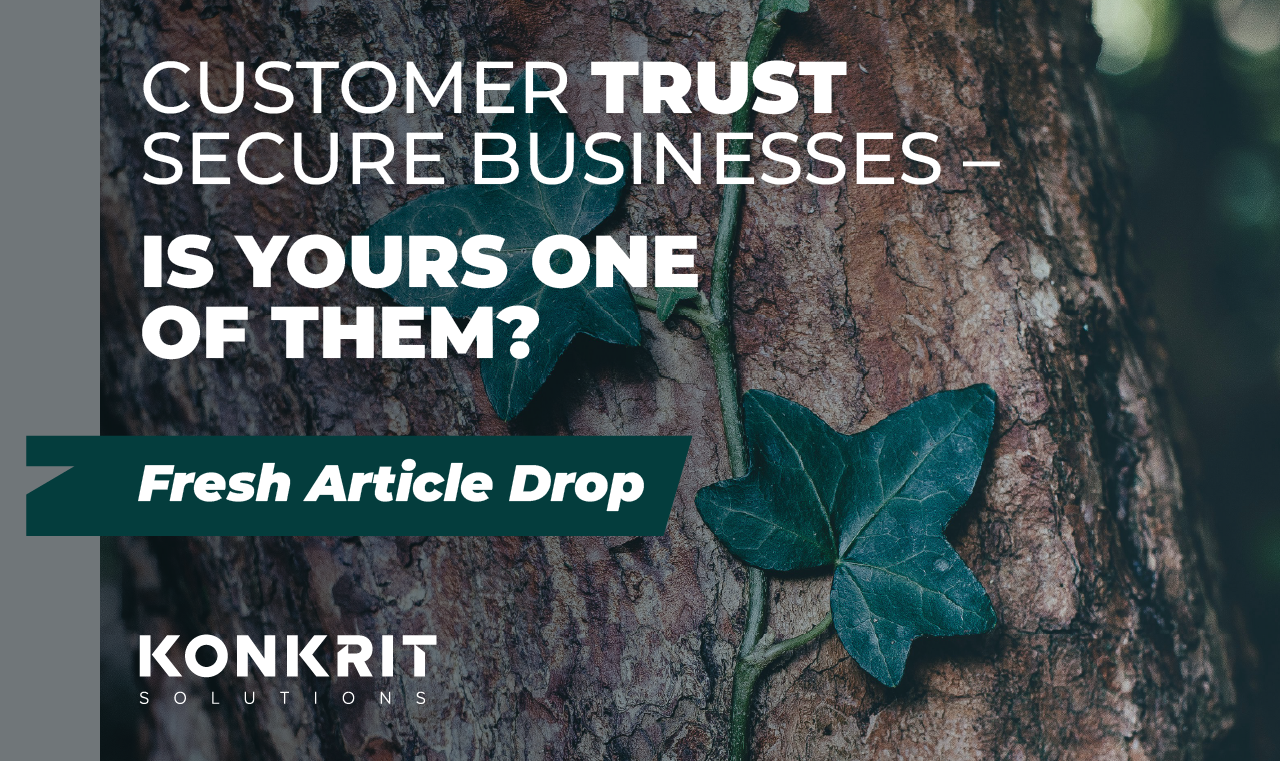What Are RTO and RPO
In the context of Business Continuity Planning and Disaster Recovery, two key metrics guide recovery planning: Recovery Time Objective (RTO) and Recovery Point Objective (RPO). These metrics help organizations determine the maximum acceptable downtime (RTO) and the maximum tolerable data loss (RPO) following a disruption.
Under regulatory frameworks such as the Digital Operational Resilience Act (DORA), to determine these metrics, performing a Business Impact Analysis (BIA) is a mandatory requirement for financial entities. As part of this process, defining and documenting RTOs and RPOs is essential to complete the Register of Information, ensuring that critical business functions and supporting ICT assets are appropriately assessed for operational resilience and recovery capability.
Recovery Time Objective (RTO)
This is the maximum acceptable period of downtime for a system, application, or business process after a disruption.
Example: If the RTO is four hours, operations must resume within that timeframe to prevent unacceptable impact.
Recovery Point Objective (RPO)
This is the maximum acceptable period during which data might be lost due to an incident.
Example: If the RPO is one hour, then up to one hour of data may be lost in the worst case.
Why They Matter
RTO and RPO are not purely technical terms. They are business-level decisions that reflect the organisation’s tolerance for downtime and data loss.
For instance, a financial firm involved in high-frequency trading will have extremely low tolerance for disruption. On the other hand, a professional services firm may find longer delays acceptable.
Defining RTO and RPO in line with your organisation’s risk appetite ensures that recovery objectives are practical, cost-effective, and aligned with regulatory expectations.
How to Define the Right Objectives
- Identify critical business functions
Start by determining which systems and processes are essential for continued operations.
- Conduct a business impact analysis
Assess the operational, financial, and reputational consequences of downtime or data loss.
- Set objectives based on business needs
Not every system requires the same recovery parameters. Prioritise based on business criticality rather than technical categorisation.
- Evaluate the cost of recovery solutions
Shorter RTOs and RPOs usually require more complex and expensive technologies. Balance your investment with the level of risk you are willing to accept.
- Test your assumptions
Simulate recovery events regularly. Review and update objectives as your systems and risk environment evolve.
Regulatory Considerations
Several regulatory frameworks require clearly defined and tested recovery objectives. For example:
- DORA mandates that financial entities restore critical functions within predefined timeframes and maintain effective continuity and recovery strategies.
- NIS2 Directive includes requirements for continuity planning and resilience of essential services.
- ISO 22301 (Business Continuity Management Systems) encourages organizations to set, implement, and test RTO/RPO targets.
Documented and tested RTO and RPO objectives are essential to demonstrating regulatory compliance.
How Konkrit Solutions Can Help
Konkrit Solutions helps organisations define and implement effective business continuity and disaster recovery strategies.
Our services include:
- Mapping system dependencies and recovery needs
- Establishing and validating RTO and RPO targets
- Designing and testing business continuity and disaster recovery plans
- Aligning your resilience strategy with regulations such as DORA, NIS2, and ISO 22301
We work with you to create recovery strategies that are aligned with both your operational needs and your budget.
Final Thoughts
RTO and RPO represent your organisation’s tolerance for disruption. These targets should reflect what your business can truly afford to lose in time and data.
Do not wait until an incident occurs to test your resilience. Define clear and realistic recovery objectives and ensure that your organisation is prepared.
Konkrit Solutions is here to support that journey.



